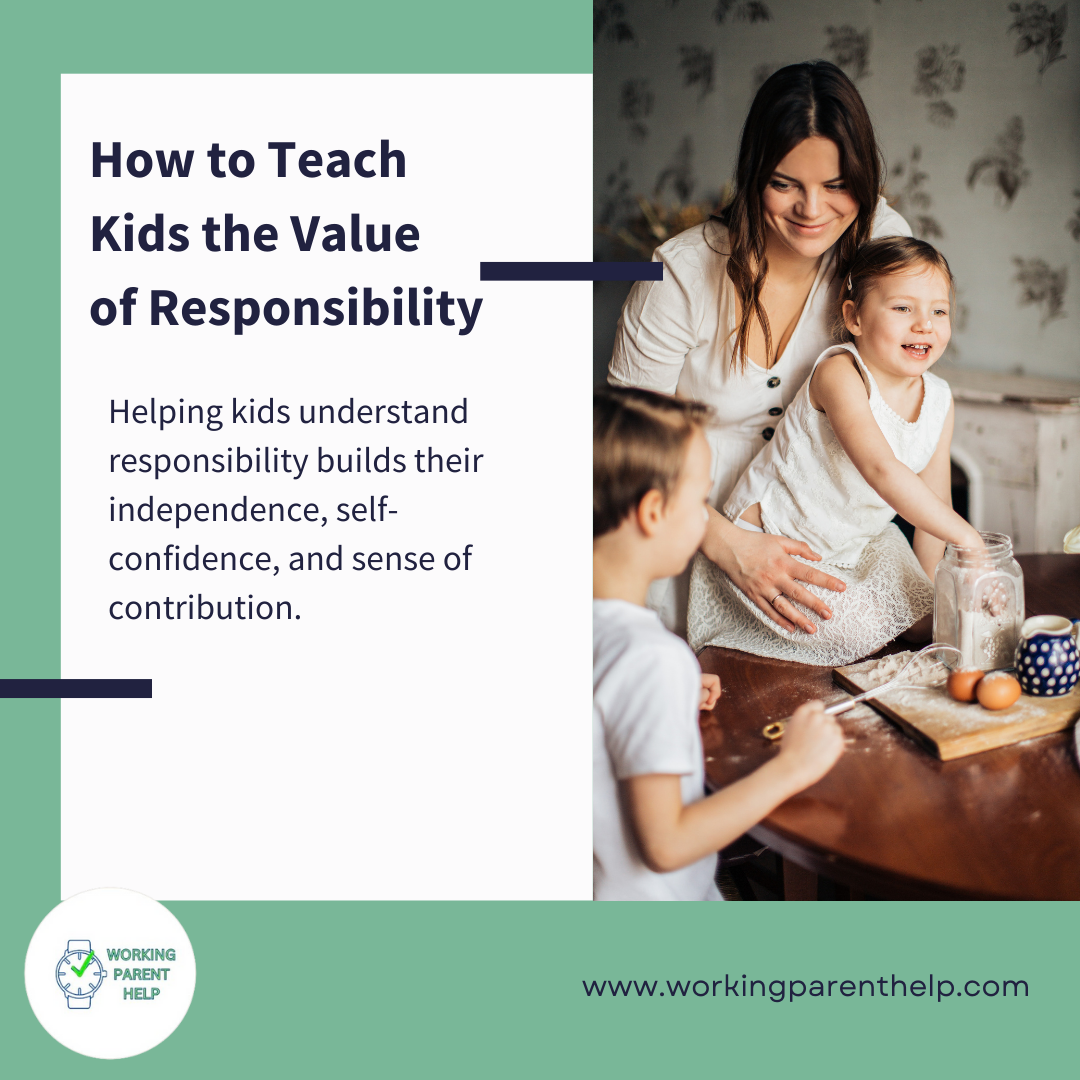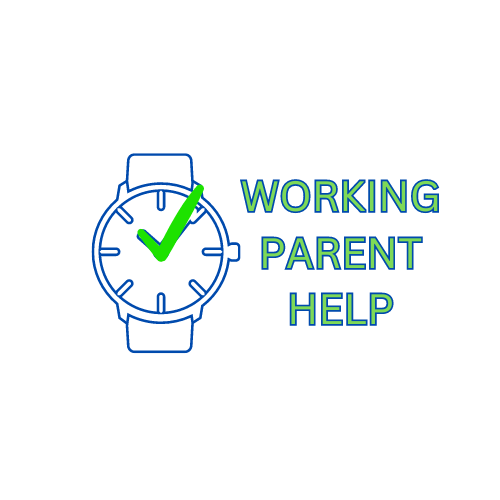
How to Teach Kids the Value of Responsibility
Parenting is a full-time job with no breaks, paid overtime, or annual leave. Between school runs, soccer practice, and trying to decipher your kid's latest obsession (Minecraft? BTS? Something called 'Skibidi Toilet'?), teaching responsibility might feel like just another item on your never-ending to-do list. But fear not! Raising responsible kids doesn’t require a PhD in parenting—just a few clever strategies, a sprinkle of patience, and maybe a deep breath or two.
Here’s a fun and practical guide to helping your little humans learn responsibility without losing your sanity.
1. Start Small and Build Up (A.K.A. Don’t Expect Miracles Overnight)
If you’ve ever asked your child to clean their room only to return and find them buried under a pile of toys, you know that responsibility doesn’t develop overnight. The key is to start small and work your way up.
For toddlers, start with basic tasks like putting their toys back in the bin.
Preschoolers can help set the table or feed the family pet (with supervision, unless you want your dog eating cereal for dinner).
Grade-schoolers can take on more significant responsibilities like making their bed, packing their backpack, or helping with simple chores.
The goal is progress, not perfection. If your 5-year-old makes their bed and it looks like a tornado hit it, just smile and say, "Great job!" (Then fix it when they’re not looking.)
2. Make Tasks Fun and Engaging (Because Bribery Only Works So Long)
Nobody—kids or adults—likes doing chores. But turning responsibilities into something fun can make all the difference.
Turn it into a game: Set a timer and see how fast they can tidy up. Can they beat their personal best?
Use music: Play their favorite song and challenge them to finish their chore before it ends.
Kids need to experience the natural consequences of their actions to truly understand responsibility.Sticker charts or reward systems: Kids love seeing their progress. A simple chart where they earn stickers for completing tasks can be surprisingly effective.
Remember, kids are more likely to engage in a task when it doesn’t feel like a chore. If calling it "The Great Laundry Challenge" gets them folding clothes, so be it!
3. Use Visual Aids for Clarity (Because Verbal Instructions = Instantly Forgotten)
Ever given your child a set of instructions only for them to ask, "Wait, what did you say?" ten seconds later? Yeah, same. Kids (and adults, let’s be honest) often respond better to visual reminders.
Chore charts: A simple chart with pictures for younger kids and written tasks for older ones makes expectations clear.
Checklists: If your child needs to complete multiple steps (e.g., morning routine, packing for school), a checklist can be a lifesaver.
Color-coded bins: Label toy bins, laundry baskets, and other storage spaces to help kids know where things belong.
Making responsibilities clear reduces frustration for everyone and eliminates the classic "I didn’t know I was supposed to do that!" excuse.
4. Encourage Ownership (A.K.A. Let Them Fail Sometimes)
Forgot their homework? Instead of rushing to save the day, let them explain to their teacher and learn from the mistake.
Left their lunchbox at home? They’ll remember next time when they have to buy school lunch.
Didn’t do their assigned chore? A natural consequence (like losing screen time) can reinforce accountability.
It’s tempting to swoop in and rescue them, but allowing kids to feel the effects of their choices helps them develop independence and responsibility in the long run.
5. Praise Effort, Not Perfection (Because Nobody’s Perfect, Not Even You)
Kids thrive on encouragement, but the key is to focus on their effort rather than the outcome.
Instead of "You’re so responsible!" try "I love how you remembered to feed the dog without me asking."
Instead of "Great job cleaning your room!" try "I appreciate how hard you worked on organizing your toys."
Instead of "Wow, you did the dishes perfectly!" try "Thanks for helping out—I really appreciate it!"
When kids feel valued for their efforts, they’re more likely to keep trying. If they feel like they can never meet impossible standards, they may stop trying altogether.
6. Lead by Example (Yes, That Means Following Your Own Rules)
Let’s be real—kids are expert mimics. If they see you leaving dishes in the sink or procrastinating on tasks, they’ll think it’s okay for them too. Modeling responsible behavior is one of the most powerful teaching tools.
Keep your promises—if you say you’ll do something, follow through.
Show them how you organize your time and responsibilities.
Admit when you make mistakes and take responsibility for them.
When kids see responsibility in action, they’re more likely to adopt those habits themselves.
7. Give Them Age-Appropriate Independence (Yes, Even If It’s Scary)
One of the best ways to teach responsibility is to give kids a little freedom to make their own choices.
Let younger kids pick out their clothes (even if it means they wear a tutu with rain boots).
Allow older kids to manage their homework schedule.
Give preteens a budget for their allowance and let them decide how to spend (or save) it.
When kids feel trusted to make decisions, they develop a sense of responsibility for their actions.
Final Thoughts: Responsibility is a Lifelong Skill
Teaching kids responsibility is an ongoing process, not a one-time lesson. Some days they’ll amaze you with their maturity, and other days they’ll spill cereal all over the floor and walk away like it’s someone else’s problem. That’s parenting.
With patience, consistency, and a little humor, you can help your kids develop the skills they need to be responsible, independent, and capable adults.
Now it’s your turn—how do you teach responsibility to your kids? Do you have a chore hack that actually works? Share your stories in the comments and check out our other parenting tips and tricks!
